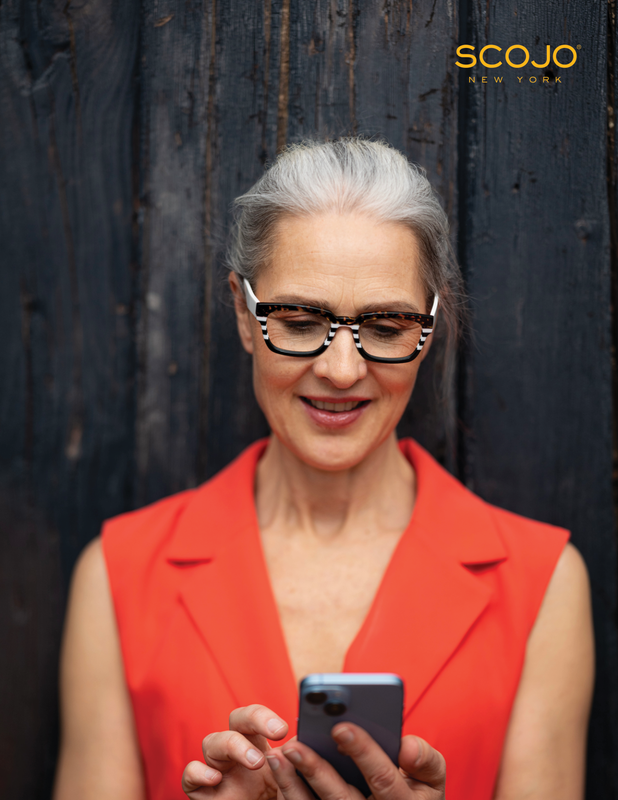Published by Noelia | SCOJO New York on Jan 22nd 2025
Polar Night time has come to the Arctic. The world as you know it is thrown into complete darkness and the sun will not rise above the horizon for several months.
::record scratch::
Just kidding! As it turns out - the sun WILL rise, the world is not in complete darkness, you’re nowhere near the Arctic and it isn’t Polar Night. It’s just dark because it’s 2 a.m. and we are all scrolling through social media on our phones!
A few months of darkness out in the Arctic might be an excellent detox for your eyes when it comes to blue light exposure but it is probably not the most likely (or affordable) scenario for many of us. If you’re like me, you are awake and scrolling in the dead of night on a phone, iPad or laptop. Maybe you finally got the little ones to sleep and are enjoying the quiet of the night or you are scrolling to unwind from a long or hard day at work. It is a common scene for so many of us but a particularly devastating one for the long term health of our eyes and our vision.
The largest and most natural source of blue light is sunlight and for our early ancestors this was their only exposure to blue light. During the day, when humans are naturally supposed to be awake, exposure to blue light is healthy and can help boost alertness, regulate circadian rhythms, increase memory skills and cognitive function as well as naturally elevating moods. In young children not enough exposure to sunlight, and coincidentally blue light in its most natural form, can negatively affect the growth and development of their eyes and vision. Blue light is beneficial when we are exposed to it at the right time and in the right amounts.
Problems have arisen with the introduction of fluorescent and LED lighting, screens, monitors and phones into our natural environments, homes and schedules. Our eyes are now being bombarded with blue light all day long. As we scroll through endless content by the light of the lamps and other light sources in our homes our eyes are constantly taking in blue light during a time of day when they are not meant to be exposed to it. In the days before screens and in home lighting devices the human eye was accustomed to darkness and recovery at night. These days there is not enough recovery time as more and more of us adapt to using screens and lighting during a time of day when our eyes are far more vulnerable to the harmful side effects of blue light and are naturally programmed for darkness and rest.
Over exposure to blue light can lead to digital eye strain and retina damage. If your eyes are suddenly starting to itch and burn just from reading about this the good news is that there are simple things you can do to protect your eyes from blue light. Limiting screen time during the evening hours is one way to help protect your eyes and your vision and not looking at screens an hour or two before bed time can also lead to better sleep. You can purchase things like blue light blocking filters for electronic devices.
Another simple yet stylish way to combat blue light exposure is by purchasing a pair of frames from our SCOJO New York BluLite collection. The primary goals of these lenses are to reduce digital eye strain and minimize potential disruptions to sleep. You can protect your vision in comfort and style with frames like Trinity Place, Bookman and Greys. There are so many different styles, shapes and colors to choose from that you can keep a pair in each room or cycle through multiple pairs depending on your outfit and mood. With the dark season upon us and fewer dates marked for events or celebrations and less sunshine you can protect your long term eye health from over exposure to blue light and brighten up your days bringing some color and fun into your January with SCOJO New York’s BluLite frames.

